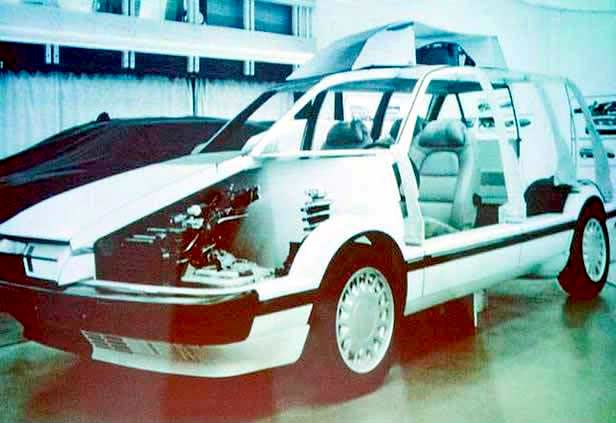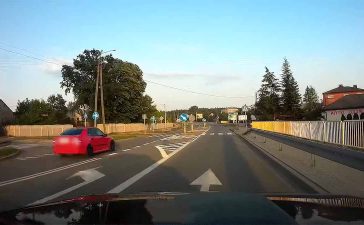The saga of Saab goes to show that you can’t keep a good automaker down. Founded back in 1947 (the same year, incidentally, as Ferrari, TVR and Maserati defector OSCA), Saab split off from its aerospace division, merged with Scania trucks, was subsequently picked up by General Motors, then pawned off onto Spyker before its current Chinese owners brought it back out of bankruptcy. Now under the auspices of National Electric Vehicle Sweden (NEVS), Saab has official restarted production of the 9-3 sedan, but what are its plans for the future?
In correspondence with Autoblog, NEVS communications director Mikael Ostlund gave us an idea of what to expect. First of all, NEVS is living up to its name by launching an electric version of the 9-3. As we reported a couple of weeks ago, the 9-3 EV currently is undergoing a pilot launch in the Chinese city of Qingdao (which owns part of NEVS) before being rolled out in other markets around the world. But that’s not all NEVS has planned for Saab.
The reborn Swedish automaker also plans to relaunch the 9-3 SportCombi to supplement the 9-3 sedan. The wagon version was part of the second-gen 9-3′s rollout in the early 2000s, offering increased cargo space and versatility – particularly vital since GM had seen it fit to replace the previous hatchback bodystyle favored by the brand faithful with a more traditional trunked form to lure new buyers into the fold. Although Ostlund confirmed that NEVS has “the option of adding the convertible” back into the lineup, nut has yet to decide on if and when it will do so.
Meanwhile development continues on the Phoenix architecture which Saab was developing with GM money before going bankrupt. Previewed by the Jason Castriota-designed PhoeniX concept, the new platform was set to replace the current 9-3 and spawn a liftback coupe, convertible and even a crossover. “As the Phoenix platform is flexible,” said Ostlund, “we are able to develop different models and bodystyles out of it, but we do not present the plans and specifications today.”
At the moment NEVS is limiting Saab’s reintroduction to its two home countries: Sweden and China. “As we have a global perspective we want to add markets when we can see a profitable business case,” reports Ostlund. Just which those markets will be, however, and when they will be added to Saab’s business plan, remain to be seen.













Good work NEVS – slowly but surely we need Saab back!